Environmental solutions that go beneath the surface.
ANAMAR Environmental Consulting specializes in dredged material evaluations and related environmental services for navigation improvement projects around the country. We are professional scientists with focused expertise in environmental services relating to beneficial use, upland placement, and ocean disposal of dredged sediments.
Services
ANAMAR has extensive experience working and coordinating with federal, state, and local agencies and stakeholders to develop projects that will comply with regulations and achieve project objectives.
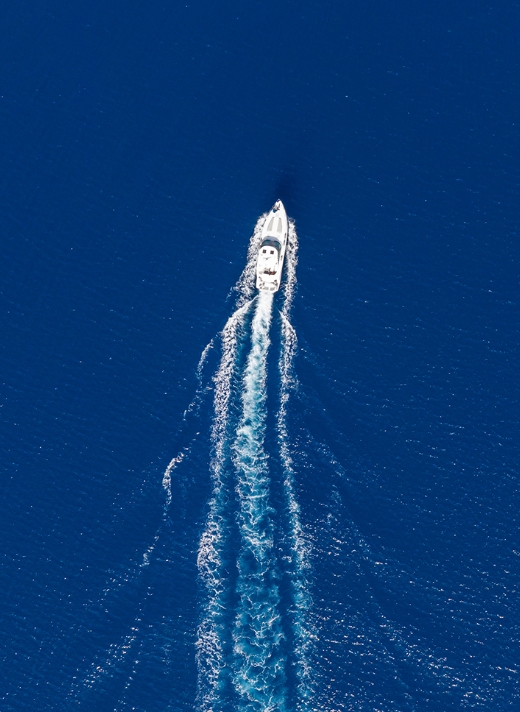
ANAMAR is nationally recognized in the field of dredged material management.
Dredged Material Evaluations
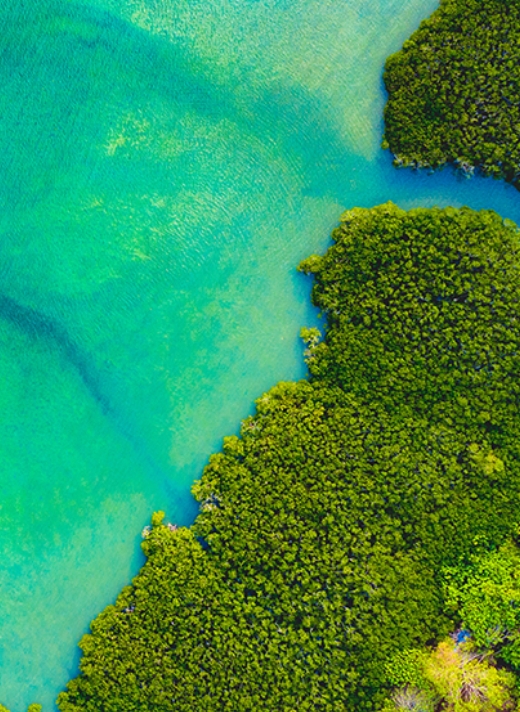
ANAMAR offers a wide variety of services related to environmental monitoring and natural community assessment.
Environmental
Monitoring

ANAMAR can help you understand and navigate the The National Environmental Policy Act (NEPA).
NEPA
Compliance
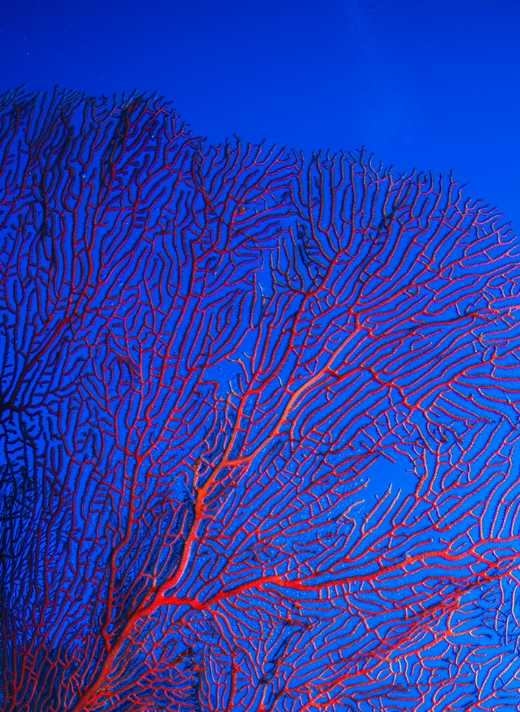
ANAMAR has over 20 years of experience performing a variety of oceanographic surveys.
Oceanographic
Surveys
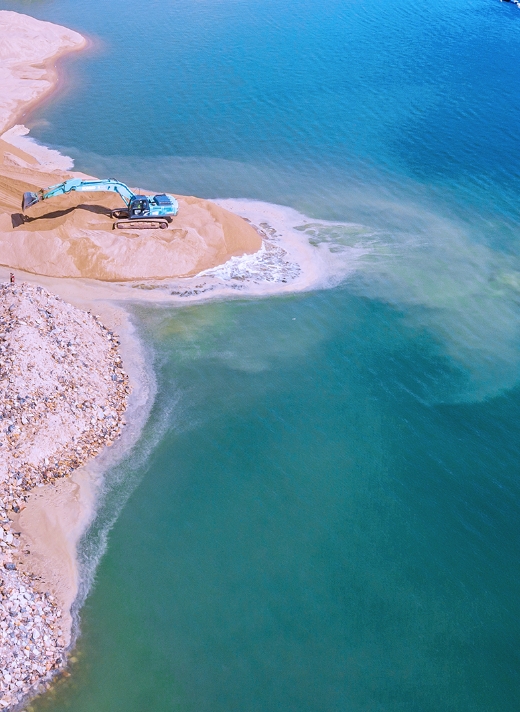
ANAMAR has extensive experience developing projects that will comply with regulations and achieve their objectives.
Permitting & Regulatory Compliance
Services
ANAMAR has extensive experience working and coordinating with federal, state, and local agencies and stakeholders to develop projects that will comply with regulations and achieve project objectives.

Dredged Material Evaluations
ANAMAR is nationally recognized in the field of dredged material management.

Environmental Monitoring
ANAMAR offers a wide variety of services related to environmental monitoring and natural community assessment.

NEPA
Compliance
ANAMAR can help you understand and navigate the The National Environmental Policy Act (NEPA).

Oceanographic Surveys
ANAMAR has over 20 years of experience performing a variety of oceanographic surveys.

Permitting & Regulatory Compliance
ANAMAR has extensive experience developing projects that will comply with regulations and achieve their objectives.
We’re all
over the map
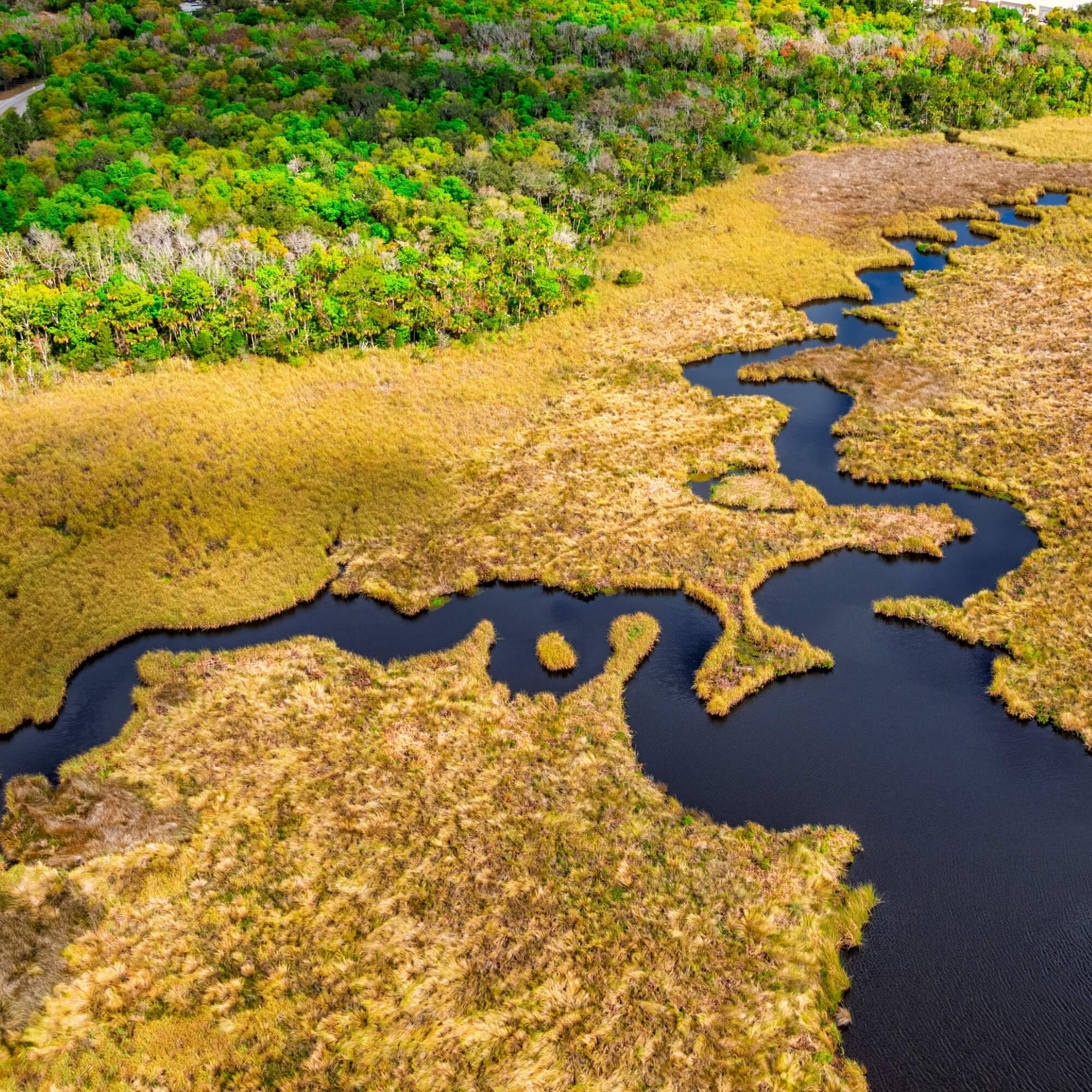
Every project is personal
Experience the difference of a people-first partnership.
The contractor’s ability to manage time, cost, and quality was exceptional.
-U.S. Army Corps of Engineers
Savannah District
Contractor has been performing tasks at an exceptional level for MPRSA 103 Evaluations and CWA 404 sediment testing evaluations.
-U.S. Army Corps of Engineers
Galveston District
Contractor has met or exceeded scheduled task order requirements.
-U.S. Army Corps of Engineers
Galveston District
The contractor’s ability to manage time, cost, and quality was exceptional.
-U.S. Army Corps of Engineers
Savannah District
Contractor has been performing tasks at an exceptional level for MPRSA 103 Evaluations and CWA 404 sediment testing evaluations.
-U.S. Army Corps of Engineers
Galveston District
Contractor has met or exceeded scheduled task order requirements.
-U.S. Army Corps of Engineers
Galveston District
Our partners
With over two decades of work for the federal government, ANAMAR Environmental Consulting is committed to supporting initiatives and ensuring diligent compliance with all regulations and contract terms.








